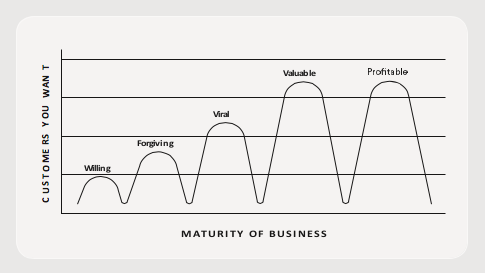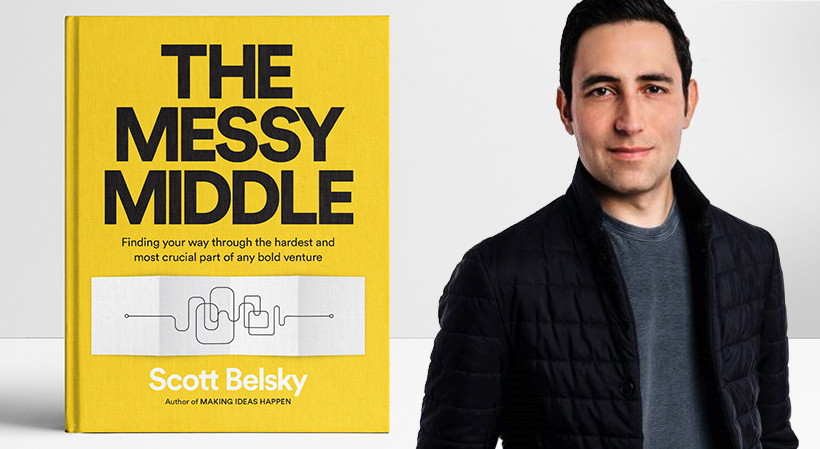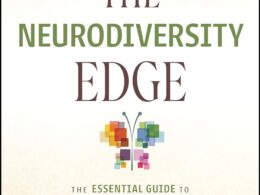The following is excerpted from “The Messy Middle” by Scott Belsky, published by Portfolio, an imprint of Penguin Publishing Group, a division of Penguin Random House, LLC. Copyright © 2018 by Scott Belsky.
Contrary to logic, you don’t want to attract all of your customers right away. You want your first cohort of willing customers to be quite small so that you can communicate directly and provide an incredibly high level of touch. At the start of your business, you want to iron out the kinks. As you expand, you want to do so slowly.
One common debate I have with teams at different stages of their journey is about their “ideal customer.” There is never just one. The different customers you have at different stages of your business impact how your product evolves and how your team prioritizes. What makes a customer attractive throughout the life cycle of a company varies depending on the stage of your company and product.
Willing > Forgiving > Viral > Valuable > Profitable
As you roll out a new product, you should target different types of customers at different stages. At first you want customers who are more akin to testers, willing to try, and likely suffer through, the barely viable version of your product. Then you want customers who may not be testers, but are forgiving of the inevitable bugs and gaps in a new product. Once your creation is ready for prime time, your most valuable customers will be those who are viral—customers most likely to share their experience with everyone they know. As your business evolves, you’ll want to optimize for customers who are valuable and ultimately profitable. Let’s discuss each of these segments of customers in a bit more detail.

Related: Innovation That Gives Your Customers Exactly What They Want
Willing customers: Most willing to try your product, and try again
In the very beginning, when you’re either testing your product or launching it quietly, your challenge is to find customers who love new things and are willing to engage with your newly launched (or prelaunch) product. At this stage of your project, you will benefit most from customers who expect rough edges and are willing to share feedback, and continually give your product more tries as it evolves.
In the early days of Behance, I recall certain members of our network who responded to every email and understood what we were trying to build well before it was actually built. I also remember when Periscope was in its early beta test time with a very small but hyper-engaged audience that would jump in whenever a user was live streaming. These willing–and oftentimes visionary–customers are the ones you want to engage first. You don’t want too many, because you want to get to know them. These early customers get what you’re doing and are willing to participate.
Forgiving customers: most forgiving of your minimum viable product
After launch, you will begin marketing your product while it is still rough around the edges. At this point, the ideal customer may not be as visionary and willing to keep trying, but they are forgiving. They are technically capable enough to withstand bugs and mishaps. Most important, they value a better product lacking features more than a worse product with every feature. Rather than look for a perfect fit, they’re able to tolerate missing features for some period of time.
To engage forgiving customers, be transparent about your road map. Some new companies have an “open road map” or frequently updated blog where they share their lessons learned and progress in real time. One way to make sure your customers are forgiving is to show them that you’re aware of what is missing and that you’re working hard to improve your product.
Viral customers: Most viral about your product
Once you have a product-market fit, where your creation has found an audience that is reliably willing to pay or use it, you should do everything possible to spread word of your product far and wide. At this stage, you will benefit most from influential customers who are likely to tell others. These customers tend to not be forgiving because their reputation is at stake when they spread the word.
In my experience, sustained, organic “viralness” happens only when a product is polished enough to elicit trust and love from customers who are busy. I encourage teams to engage viral customers only when they feel that their product is ready for it, as these customers may not give you a second chance.
Valuable customers: Most valuable over their lifetime
As your product matures beyond product-market fit and into a sustainable business, you’ll want as many customers as you can handle. As you scale and focus on revenue, you will benefit most from loyal customers who spend increasing amounts of money and time on your products. Ranking customers by LTV (lifetime value) helps sales and customer service allocate resources. New product efforts are geared toward driving LTV, and the best customers are those with the highest LTV.
You will need to add new features (while subtracting old ones) and consider offering better services to increase the value of customers over time. Many companies make the mistake of accommodating one type of customer at the expense of new customers. The challenge is to drive value from your loyal customers without alienating those who aren’t valuable yet.
Sign Up: Receive the StartupNation newsletter!
Profitable customers: Most profitable over time
Finally, for mature businesses, the drive is increasing profitability. You will prefer customers who require the least resources to attract and maintain over time. Customers who pay the most and demand the least will drive your profit margin, while earlier customers who may have required more costly hand-holding become less attractive. At this later stage, companies focus on driving value from existing customers more than engaging new customers, which opens up the door for new start-ups to compete and win over the “less profitable” customers whom large companies may ignore. It is wise in the short term, but it can backfire in the long term as new and less profitable customers may flock to a new and shiny competitor.
Reconsider the people you want to engage with your product or service in a granular way at different stages of your journey. My friend and former Adobe colleague, Taylor Barada, once said it best: “Product-market fit is a journey, not a destination.” As your customers change and your product changes, you need to constantly question whom to focus on.
So much of building a business is about patience and pace. You want to build as fast as you can, but not before you interpret the data and gain empathy for the problem you wish to solve. You want to launch as soon as you can, but not before you have a product worth the cost of PR and marketing to spread. And you want all the users or customers you can find, but not before you’re able to keep them.
“The Messy Middle” is available now at fine booksellers and can be purchased via StartupNation.com.






